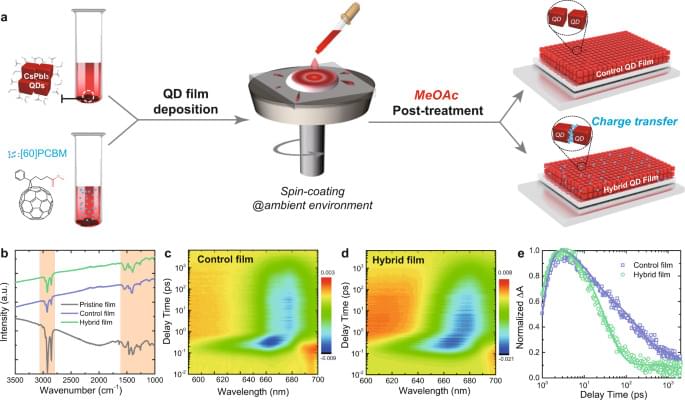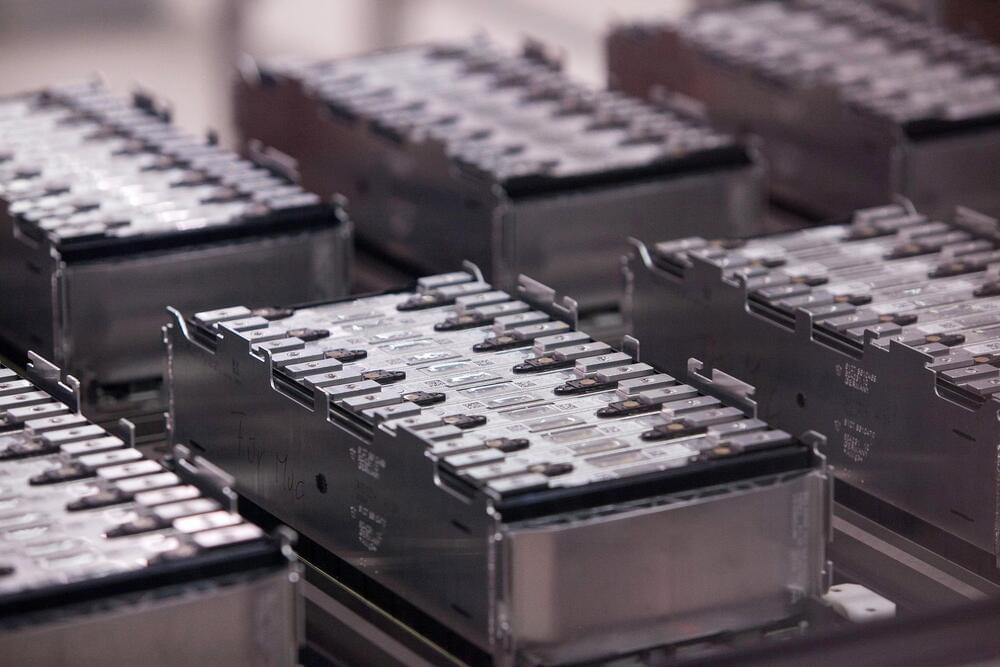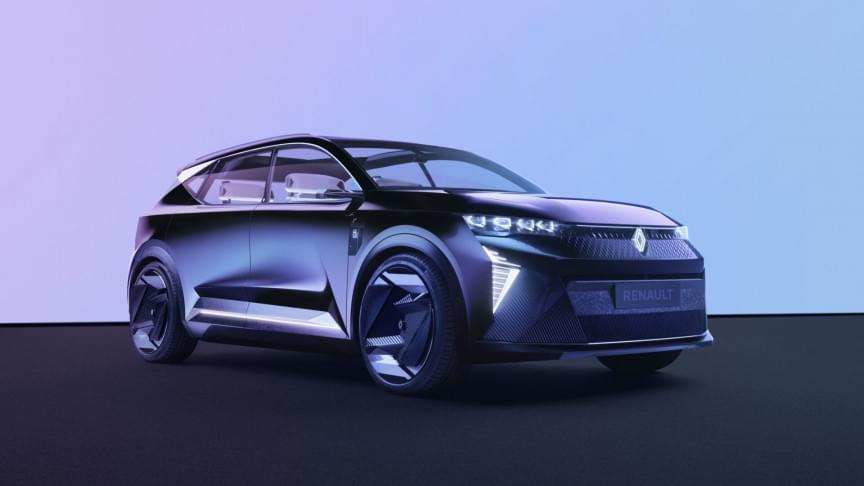May 25, 2022
Australian startup develops mine shaft gravity storage
Posted by Shubham Ghosh Roy in categories: energy, sustainability
Green Gravity, a startup proposing to use old mine shafts for gravitational energy storage, has secured AUD 1.4 million ($990,000) in its first formal capital raise.
Green Gravity is turning to the former cornerstone of Australia’s wealth, coal mining, to remove the final hurdle for a fully renewable electricity system. It is proposing to lift and release ultra-heavy weights in legacy mine shafts, in a reimagining of how the universal force of attraction, gravity, can be used to store renewable energy.
Continue reading “Australian startup develops mine shaft gravity storage” »
















